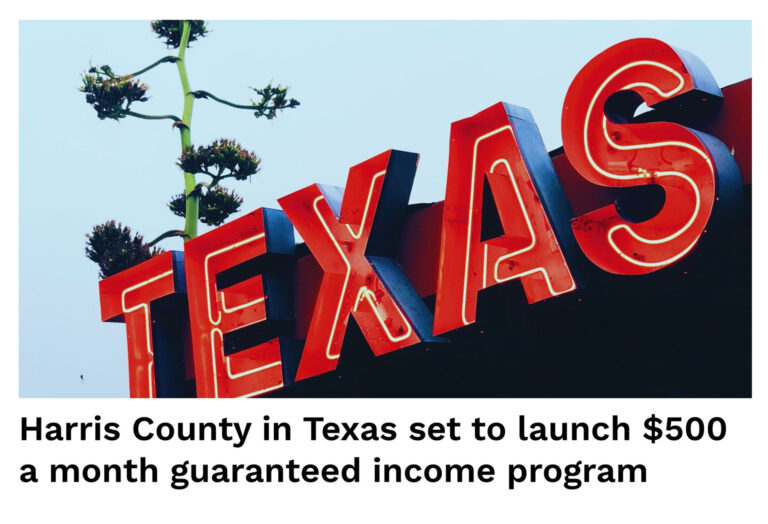The Bridge Project
Launched in June 2021 by The Monarch Foundation, The Bridge Project is designed to support low-income mothers in New York City during the first 1,000 days of their children’s lives by providing them with consistent, unconditional cash on a biweekly basis.



